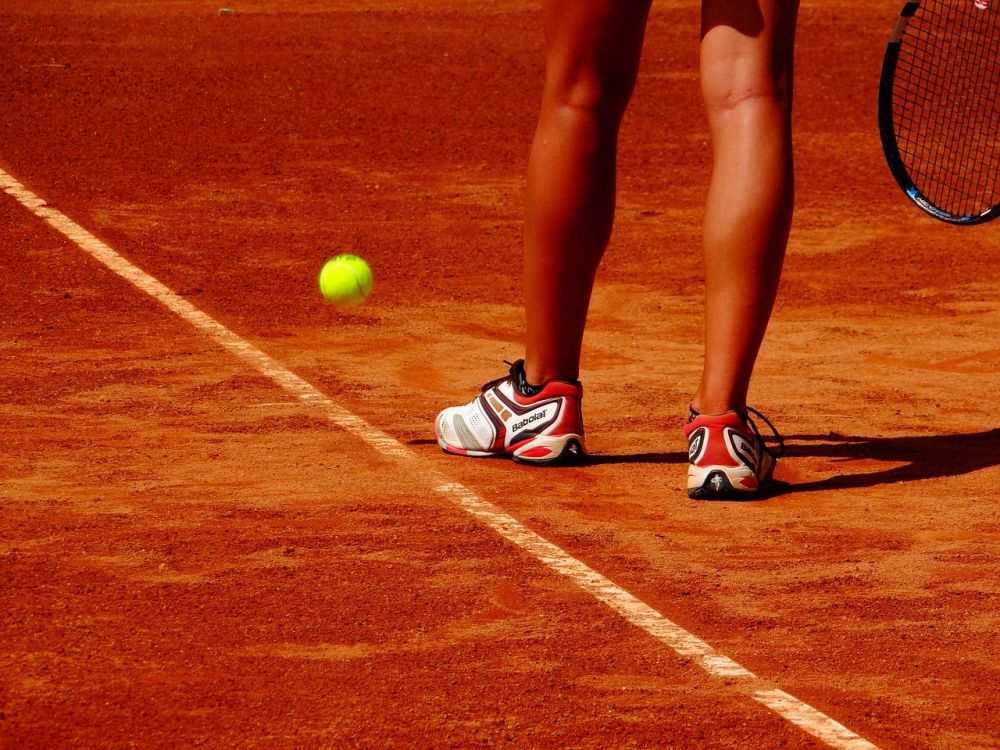Grand Slam Tennis: The Ultimate Test of Athleticism and Skill

Introduction
Grand Slam tennis has long been regarded as the pinnacle of the sport, captivating millions of fans around the world with its high-intensity matches and legendary rivalries. In this article, we will delve into the world of Grand Slam tennis, exploring its history, significance, and the different types of tournaments that make up this prestigious competition.
1. An Overview of Grand Slam Tennis

Grand Slam tennis refers to the four major tournaments in the sport: the Australian Open, the French Open, Wimbledon, and the US Open. These events attract the top-ranked players from around the globe and have become renowned for their grueling matches and iconic moments. Each Grand Slam tournament is held annually and offers a significant prize pool, attracting the crème de la crème of tennis talent.
2. Understanding the Types of Grand Slam Tournaments
a) Australian Open: Held in Melbourne, Australia, this tournament kicks off the tennis season with its hard court surface. Known for its scorching temperatures, it tests players both physically and mentally.
b) French Open (Roland Garros): Played on the red clay courts of Paris, France, the French Open presents a unique challenge to players due to the slower pace and higher bounce of the ball.
c) Wimbledon: The oldest tennis tournament in the world, Wimbledon takes place on the prestigious grass courts of the All England Club in London, England. Its traditional white outfits, strawberries and cream, and royal patronage make it an integral part of tennis history.
d) US Open: Held in New York City, the US Open is characterized by its hard court surface and lively atmosphere. Known for its electric energy, it marks the end of the tennis season with thrilling matches and memorable moments.
3. Quantitative Measurements in Grand Slam Tennis
When it comes to quantifying the impact of Grand Slam tennis, several key statistics come into play:
a) Prize Money: Grand Slam tournaments offer substantial prize pools, often attracting the top players in the world who compete for a share of the glory and wealth.
b) TV Viewership: Millions of fans worldwide tune in to watch Grand Slam matches, contributing to the commercial success and global exposure of the sport.
c) Attendance Figures: Each Grand Slam event attracts thousands of spectators, creating an electrifying atmosphere and generating substantial revenue for the host city.
d) Social Media Engagement: The digital era has brought about increased social media interaction, amplifying the reach and impact of Grand Slam tennis through hashtags, live updates, and player interactions.
4. The Distinctive Characteristics of Each Grand Slam
While all Grand Slam tournaments share the same objective, they each possess distinctive qualities that set them apart:
a) Playing Surface: The playing surfaces of the Australian Open, French Open, Wimbledon, and the US Open vary between hard court, clay, and grass, respectively. This variation tests players’ adaptability and skill on different terrain.
b) Climate and Conditions: The Australian Open’s scorching heat, the French Open’s unpredictable weather, Wimbledon’s fast-paced grass, and the US Open’s intense humidity all add unique challenges that influence game styles and strategies.
c) Tradition and Culture: Each Grand Slam tournament has its own rich history and traditions, reflected in attire, etiquette, and even the type of trophies awarded, creating a distinct identity for each event.
5. A Historical Analysis of Grand Slam Tennis
a) Advantages: The Grand Slam tournaments provide players with the chance to earn substantial prize money, gain global recognition, and solidify their legacy in the sport. The historical significance of winning all four Grand Slam titles in a calendar year, known as the ”Calendar Slam” or the ”Grand Slam,” is a rare and exceptional feat that only a few players have achieved.
b) Disadvantages: The demanding nature of the Grand Slam tournaments can take a toll on players’ physical and mental well-being, leading to injuries and burnout. The pressure to perform and the intense competition can result in heightened stress levels, affecting players’ performance and overall experience.
Conclusion
Grand Slam tennis represents the epitome of excellence and achievement in the sport. The unique characteristics of each tournament, combined with the historical significance and intense competition, make it a spectacle that captivates fans across the globe. Whether it’s the meticulously manicured lawns of Wimbledon or the red clay of Roland Garros, Grand Slam tennis showcases the unparalleled athleticism, skill, and determination of the world’s top tennis players.
[INSERT VIDEO HERE]
References:
– ”The Official Site of the Australian Open.” Australian Open.
– ”Roland Garros – The 2022 French Open Official Site.” Roland Garros.
– ”Wimbledon Official Site.” Wimbledon.
– ”US Open Tennis Championships.” US Open.











